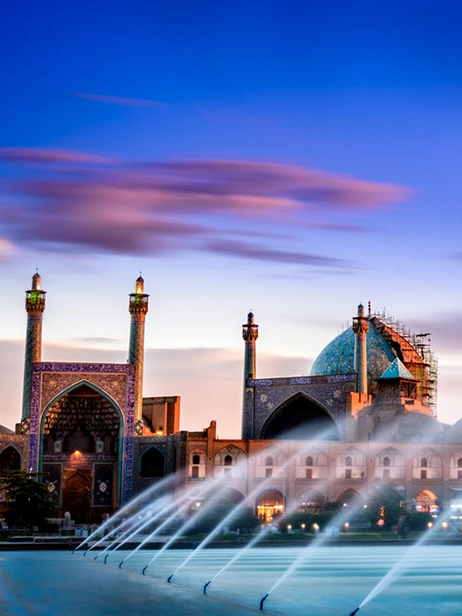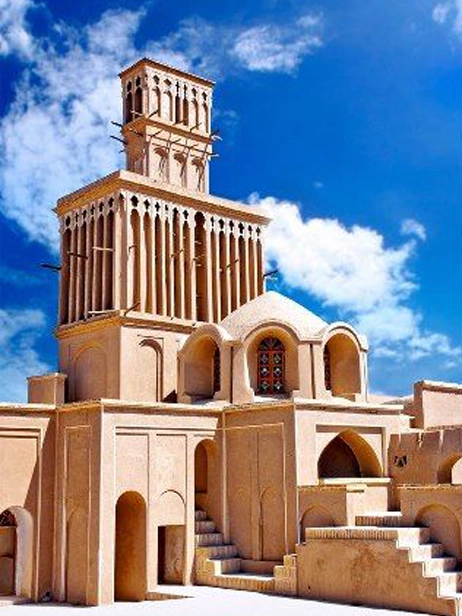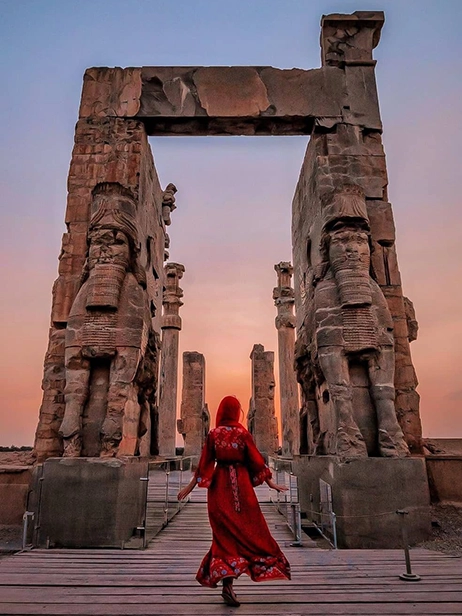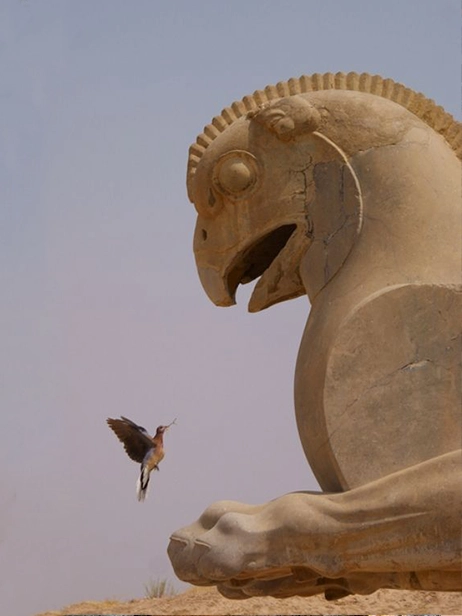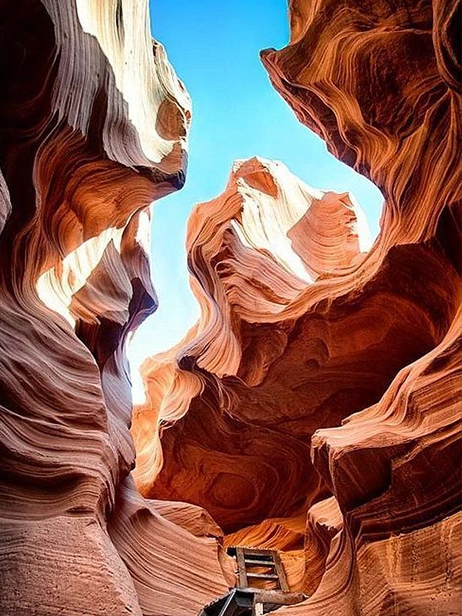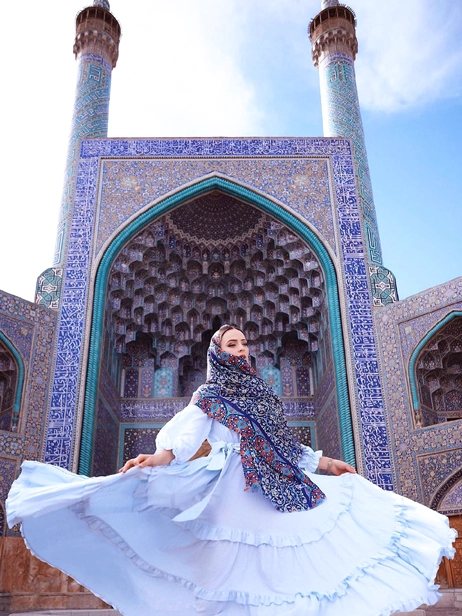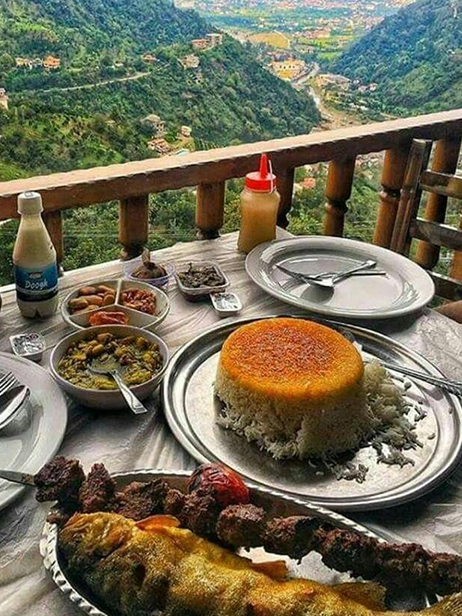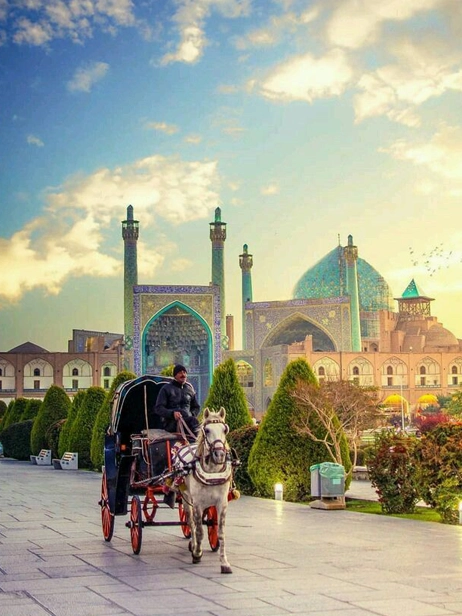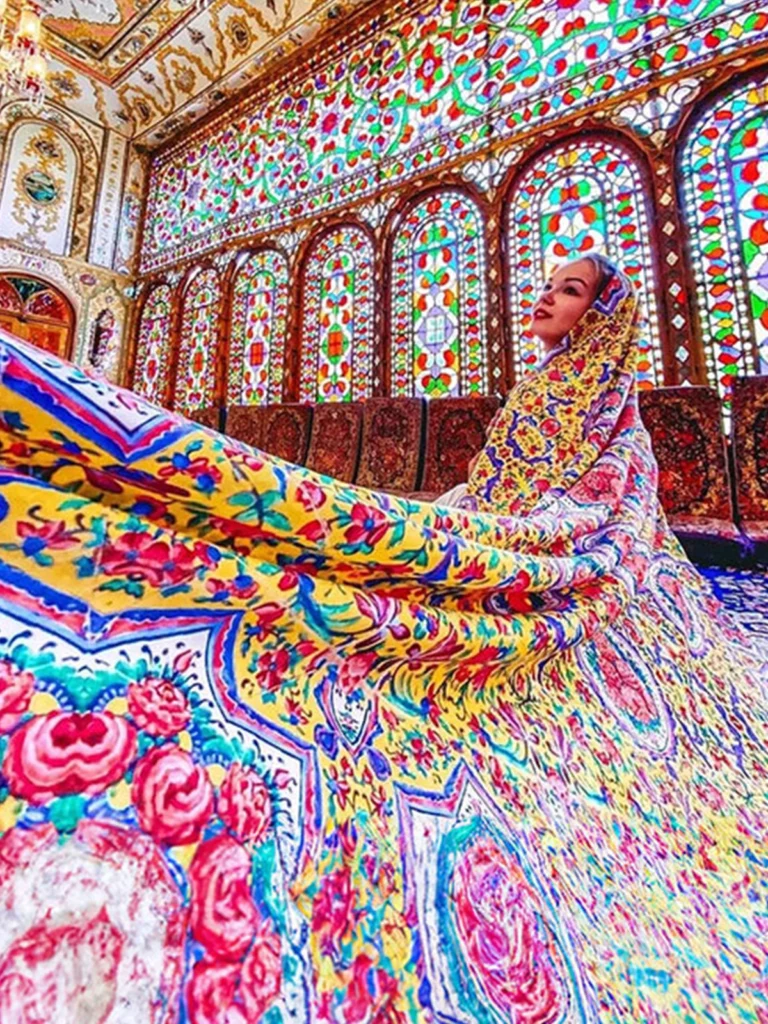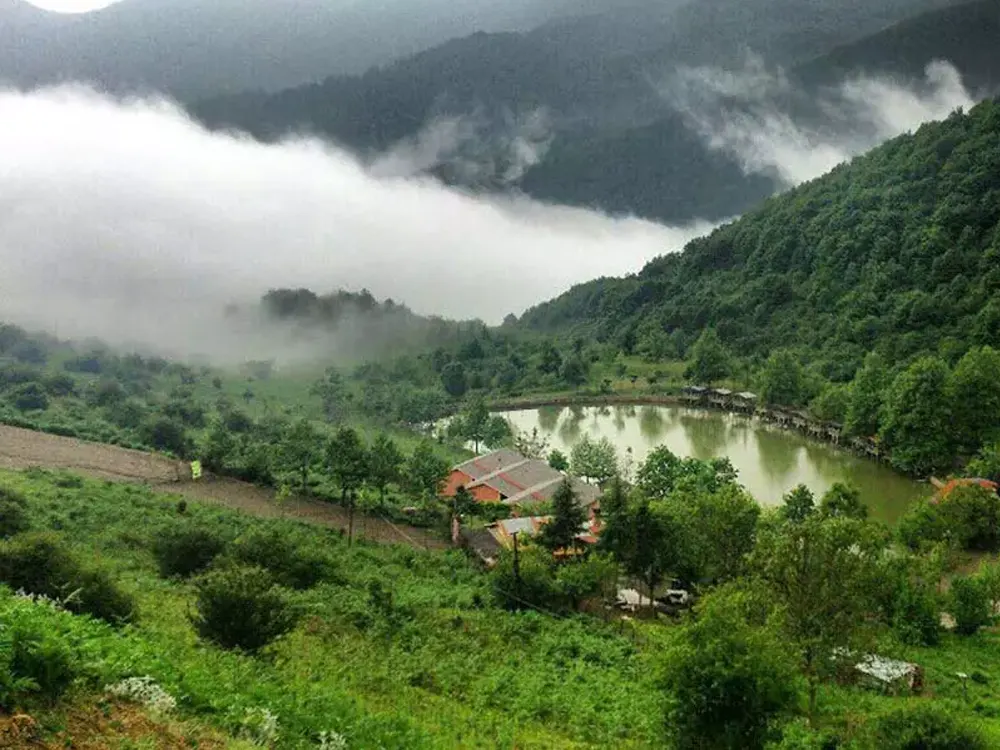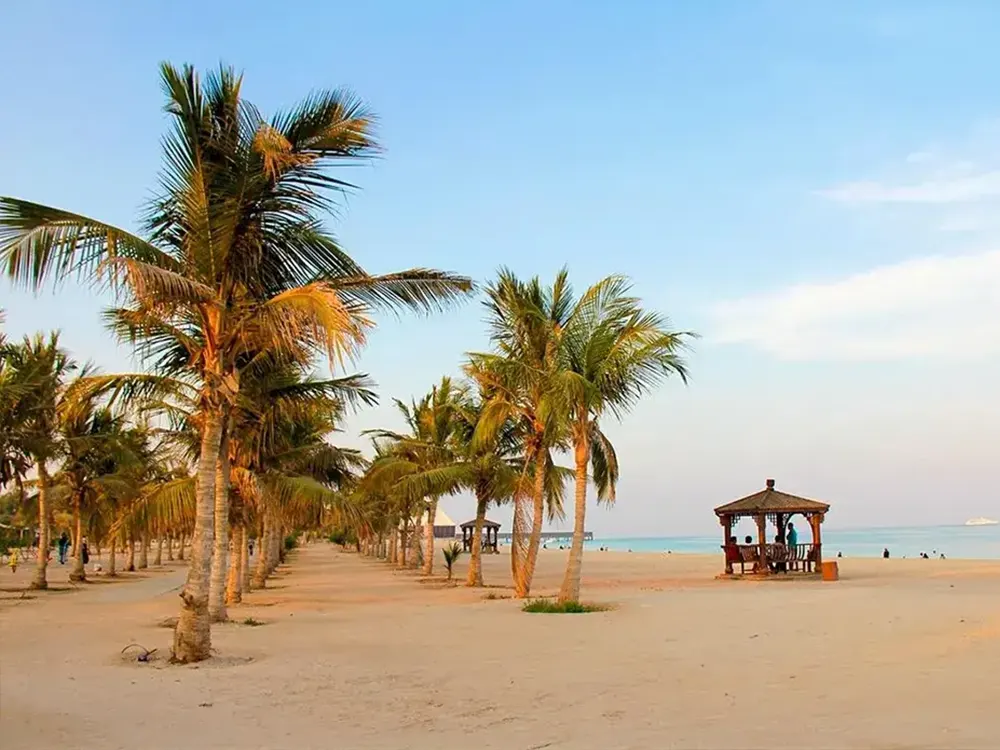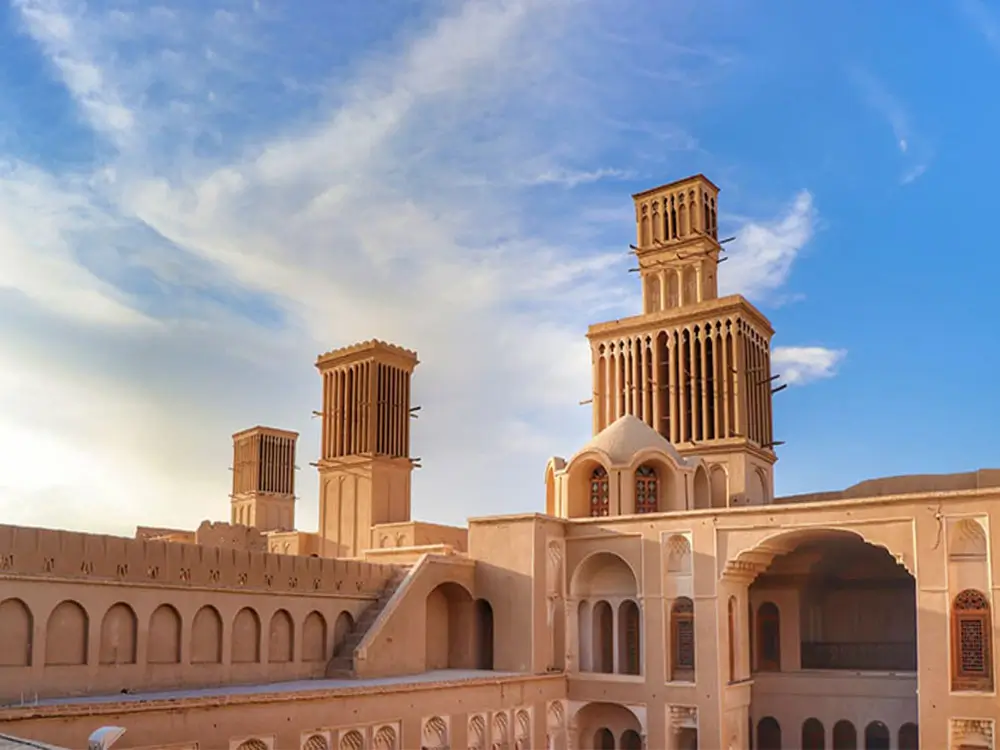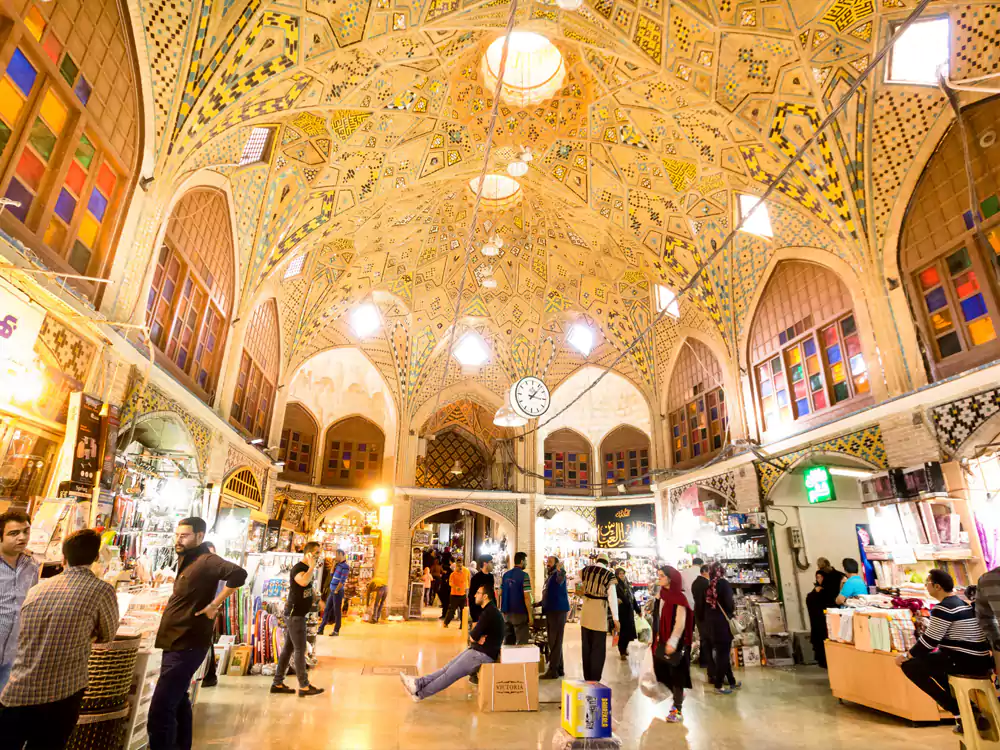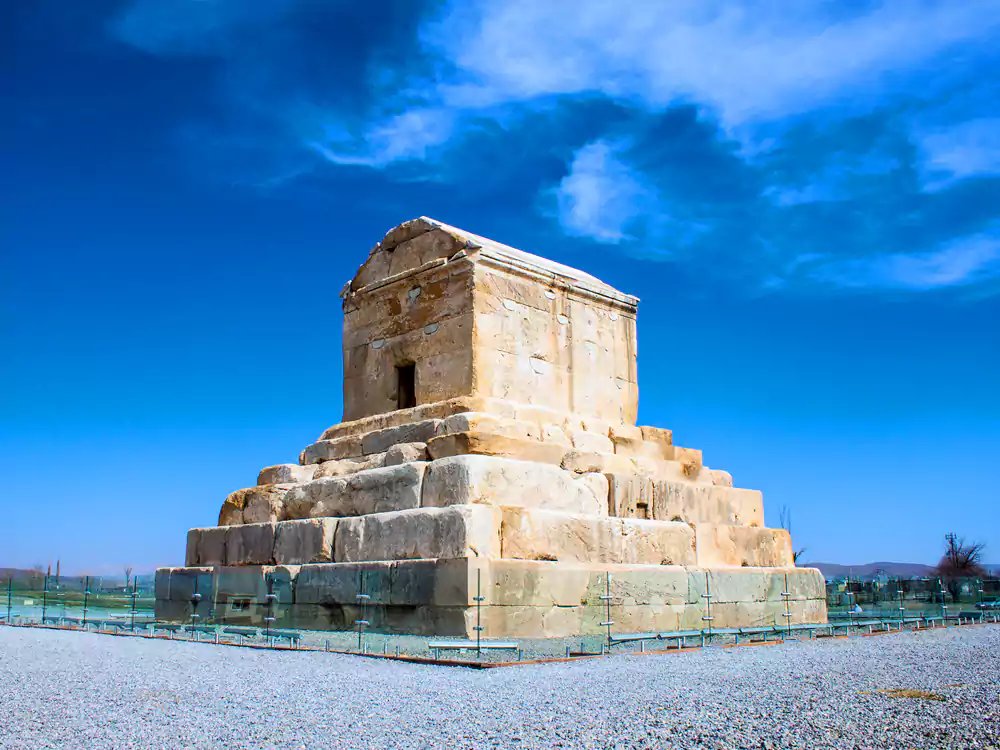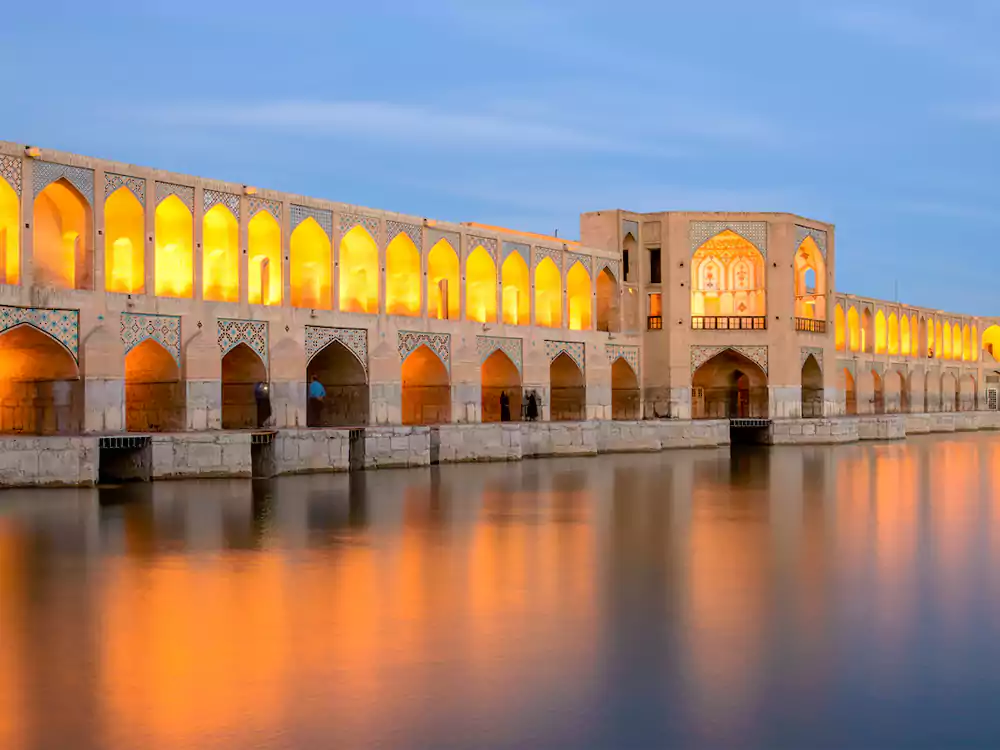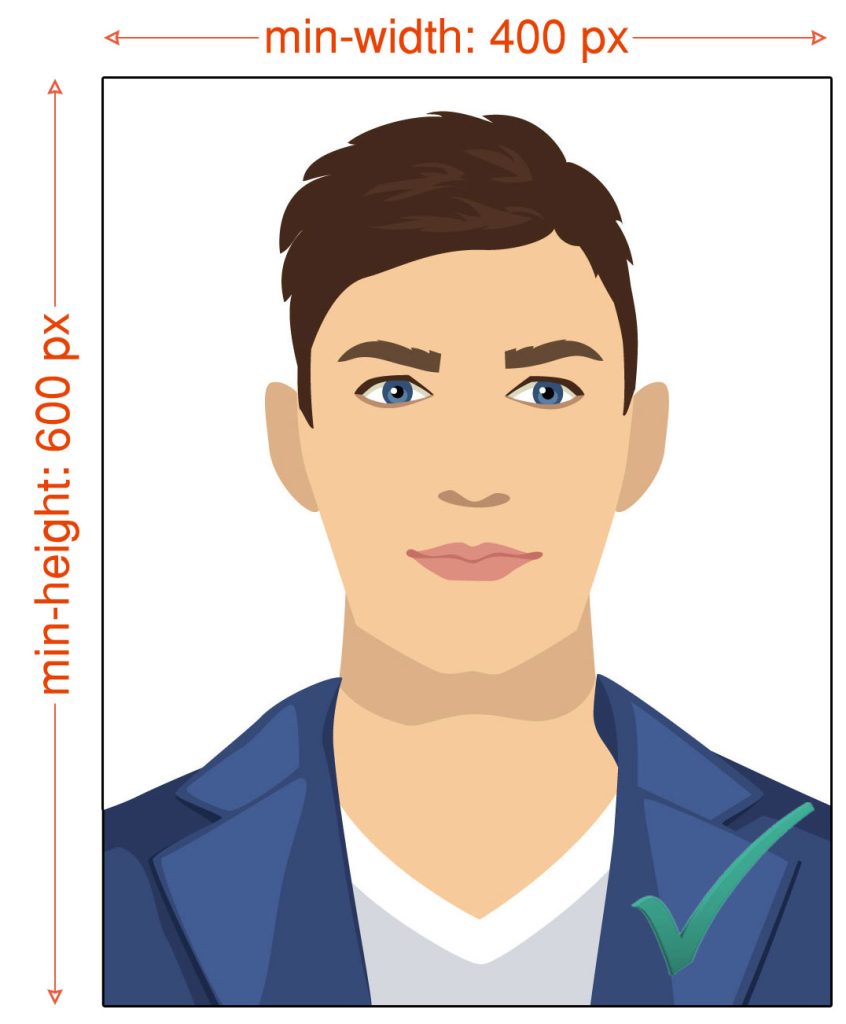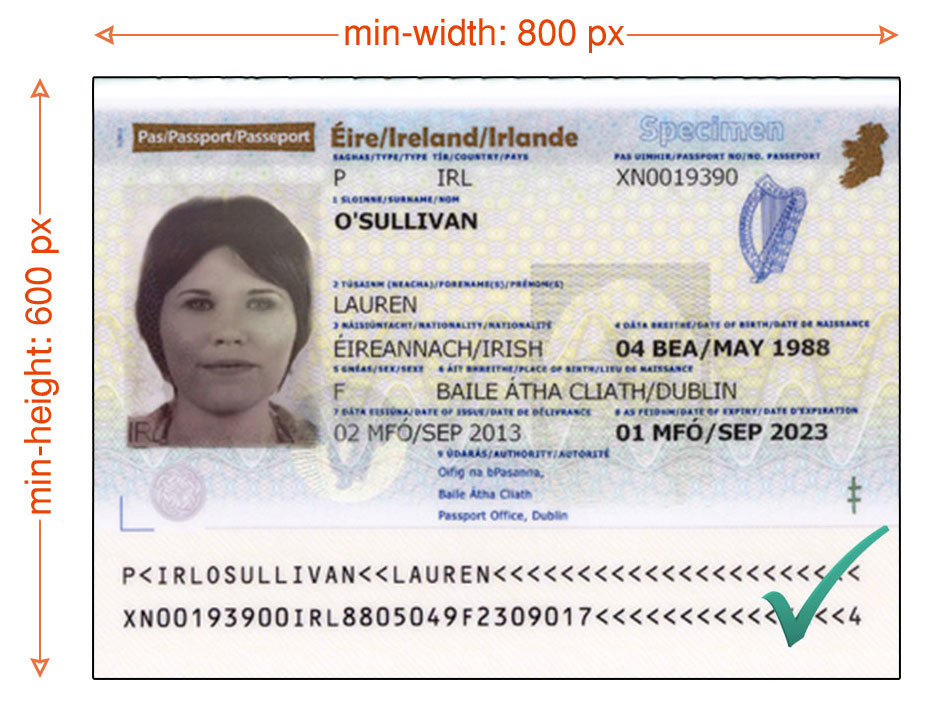Iran is a country with a rich architectural heritage and many unique characteristics. From ancient monuments to modern skyscrapers, the architecture of Iran has been shaped by its diverse culture and history. In this blog post, we will explore some interesting Iranian architecture facts, including traditional styles, examples of Persian buildings from various eras and the history behind them.
Traditional and Modern Iranian Architecture Characteristics
The distinctive features of Iranian architecture are largely derived from its long-standing cultural influences such as those from Persia (modern day Iran), Central Asia and Islamic traditions. These elements can be seen in both traditional structures like mosques or palaces as well as more contemporary designs such as office buildings or apartment complexes. Common characteristics include intricate geometric patterns on walls or ceilings; grand domes for larger structures; vibrant colors used to decorate interiors; ornamental columns that support arches; balconies with balustrades usually made out of woodwork or plastering work found around windowsills/doorsills/cornices etc.; courtyards often featuring water fountains at their center surrounded by galleries on all sides for additional privacy/shade etc.; gardens filled with trees providing shade during hot summer days while also beautifying outdoor spaces – these are just some examples!

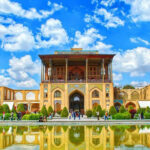
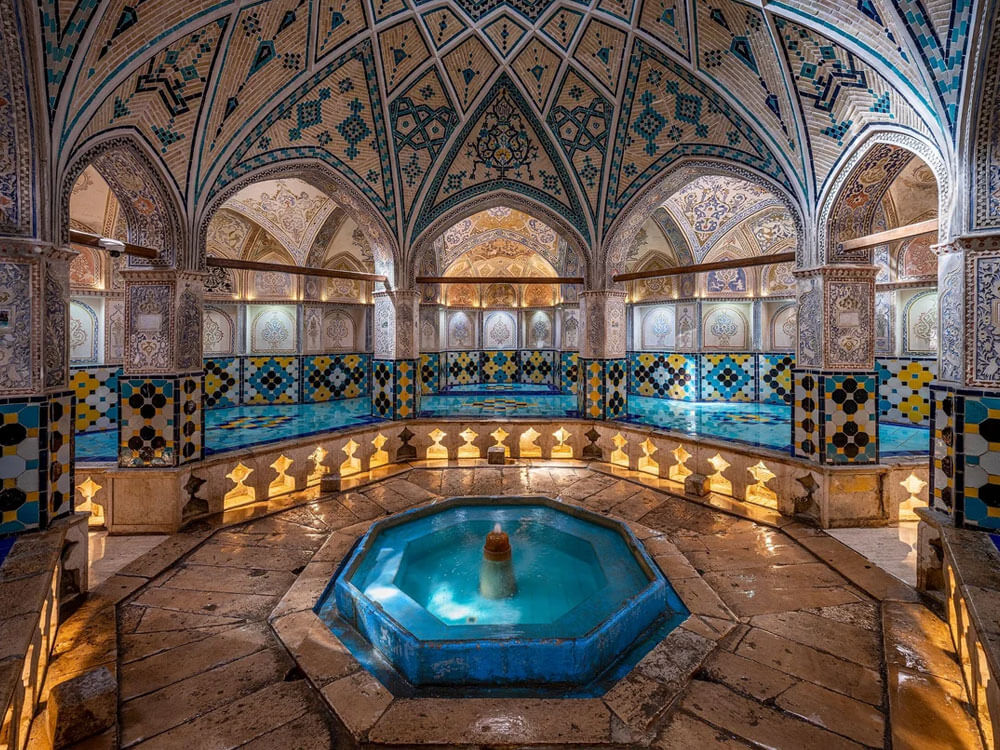

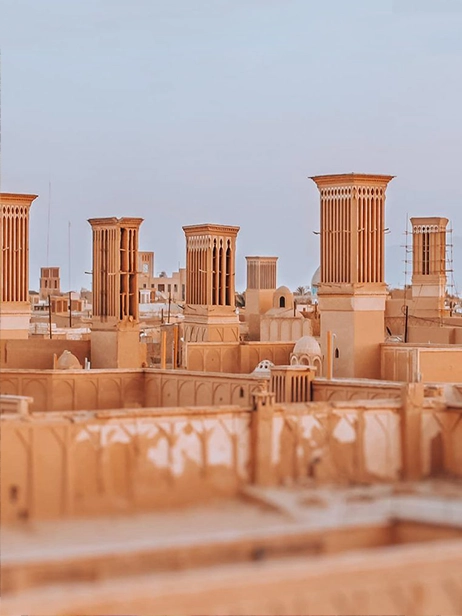
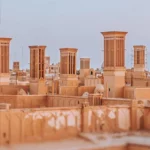
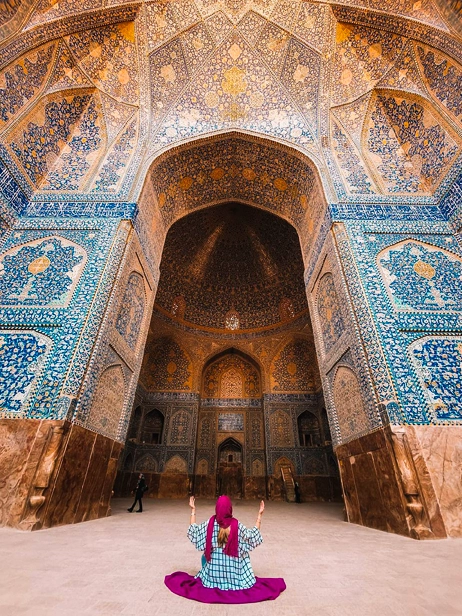
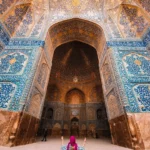
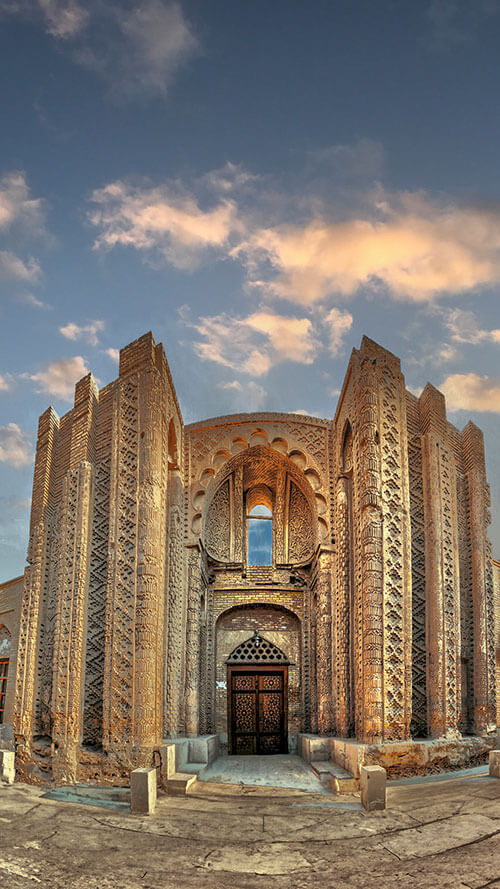
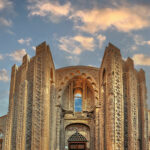
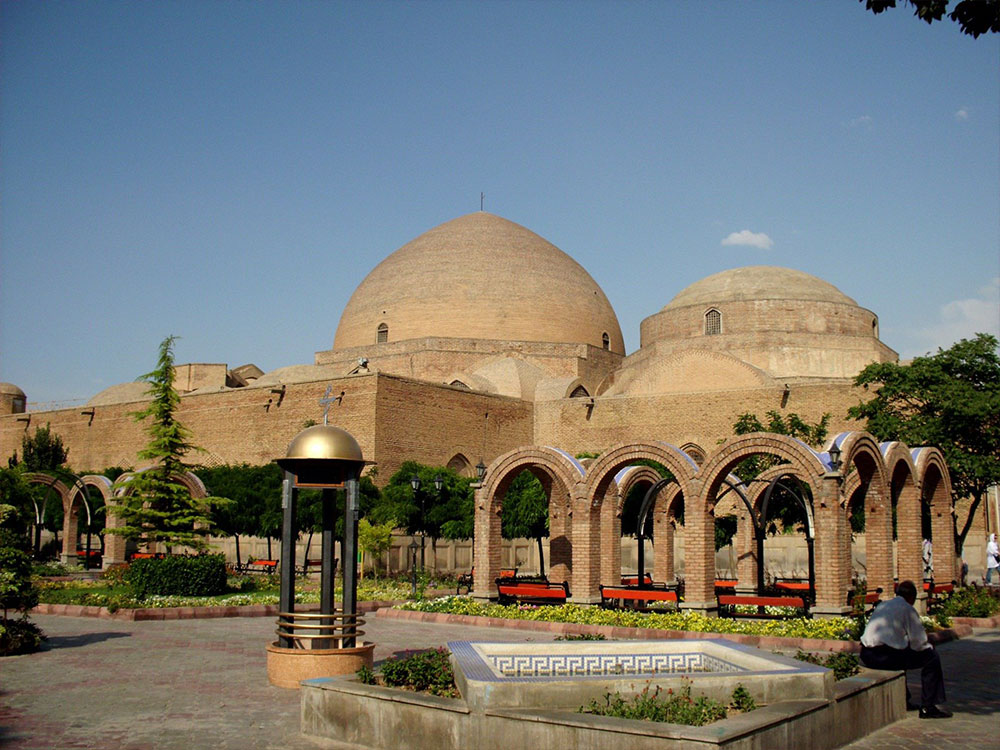
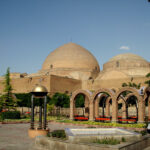
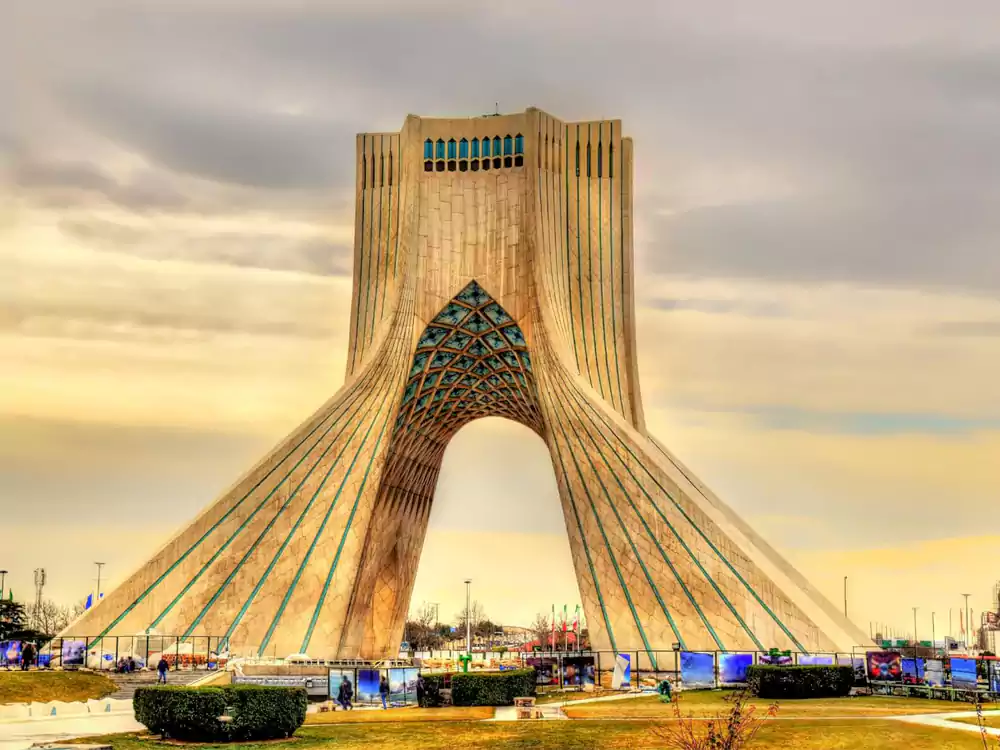

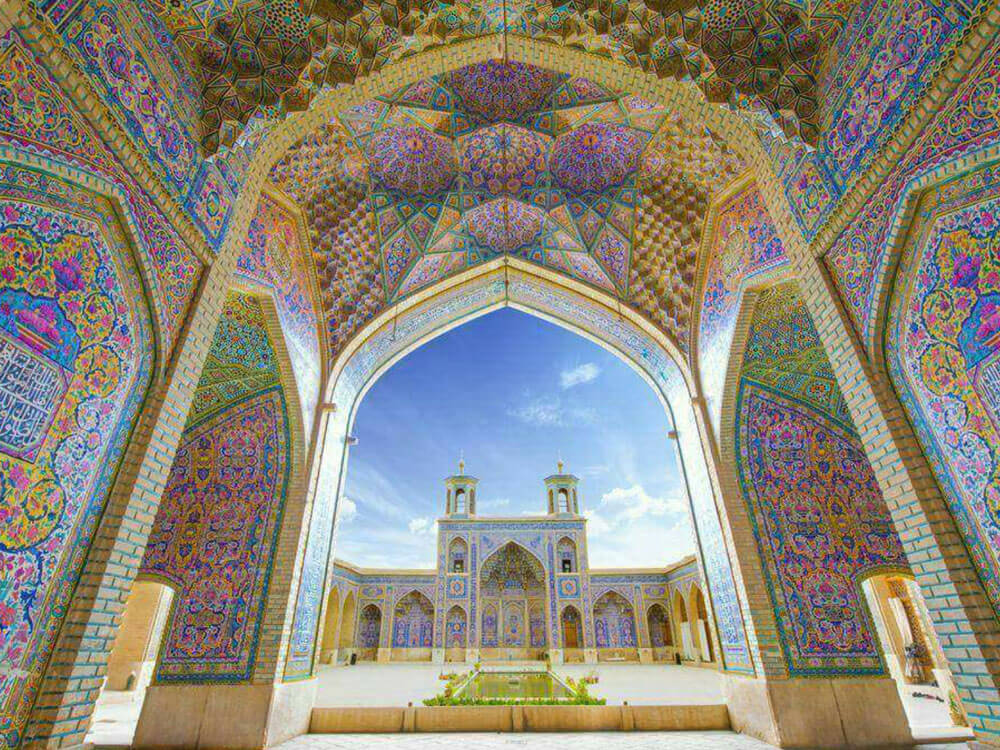
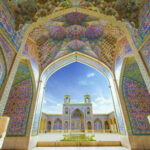
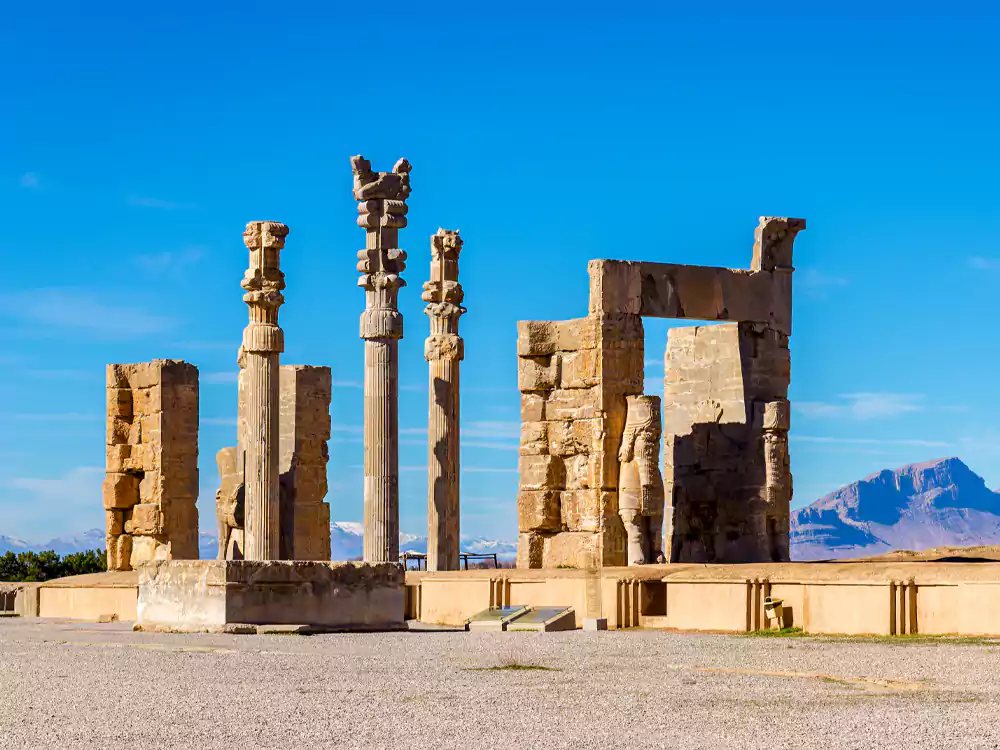
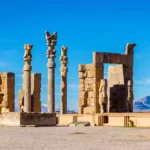
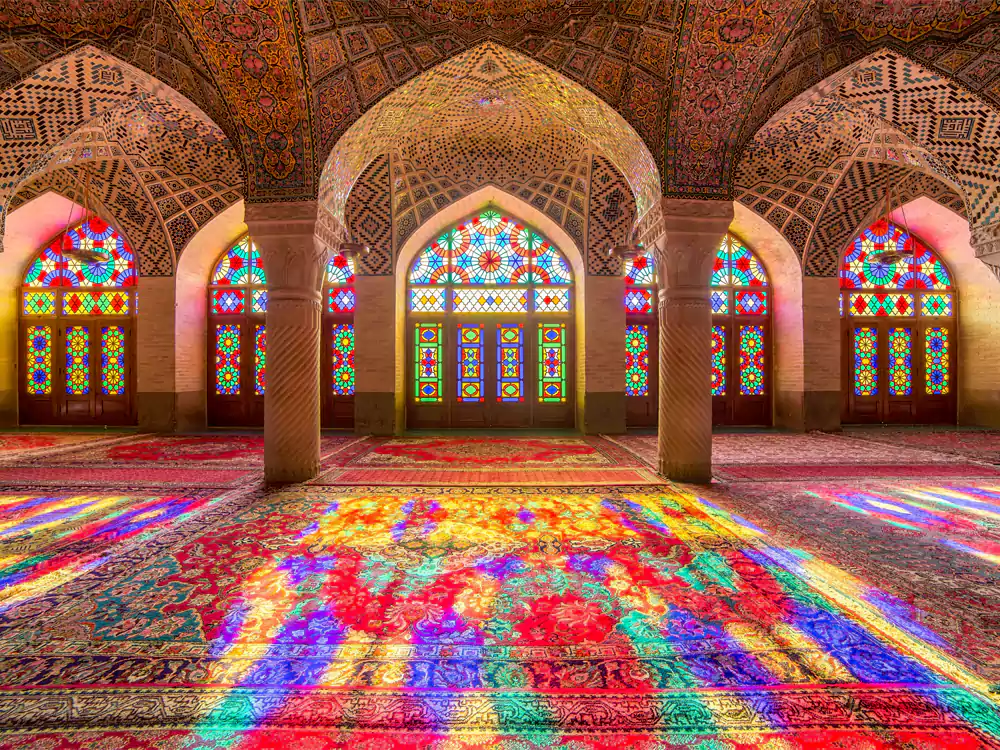
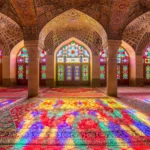
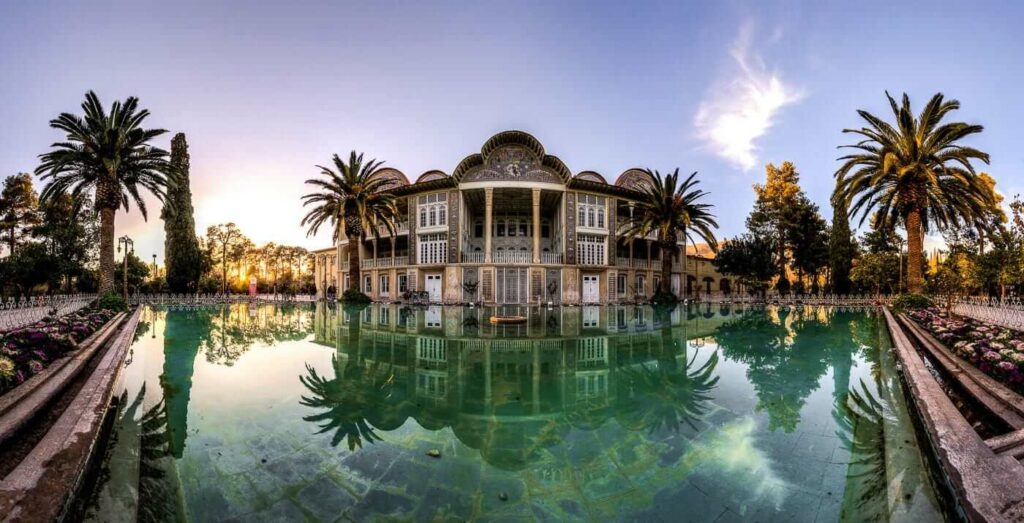
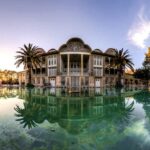
Elements of Persian Architecture
Persian architecture is a captivating blend of artistry and engineering, rich in cultural significance. This architectural style boasts distinct elements that have evolved over centuries, shaping the aesthetics of structures from ancient palaces to contemporary buildings. Here is an overview of the key features that define Persian architecture:
- Geometric Patterns: Intricate geometric motifs adorn walls and ceilings, adding depth and complexity to architectural designs.
- Grand Domes: Persian architecture often features majestic domes, showcasing exceptional engineering and aesthetic beauty.
- Vibrant Colors: Interiors are enriched with vibrant color palettes, creating a visually striking atmosphere.
- Ornamental Columns: Exquisite columns support graceful arches, adding elegance and structural stability.
- Courtyards: Courtyards serve as central hubs, featuring fountains and surrounded by galleries for privacy and shade.
- Wooden Balconies: Balconies, adorned with balustrades, are meticulously crafted from woodwork or plaster, offering air circulation while maintaining privacy.
- Decorative Tiles: Colorful tiles, often featuring scenes from Persian mythology, are used to decorate both interiors and exteriors.
- Latticework Screens: Mashrabiyas, latticework screens, adorn windows, allowing air circulation and privacy as needed.
- Gardens: Persian architecture incorporates gardens with trees, providing shade and enhancing outdoor spaces.
- Skylights (Badgirs): Large skylights known as ‘badgirs’ allow natural light and ventilation throughout the house.
Persian architecture is a testament to the rich history, cultural depth, and artistic mastery of the region. From ancient palaces to contemporary skyscrapers, it continues to captivate and inspire, reflecting the enduring legacy of Persian design.
Traditional Iranian Architecture
Traditional Persian homes were often built around an open courtyard which provided ventilation throughout the house in addition to natural light coming through large skylights located at different levels within each room’s ceiling structure (known locally as ‘badgirs’). Other typical features include thick walls made out either mud bricks (in rural areas)or stone blocks covered externally using stucco material decorated further using colorful tiles known famously across Middle East countries under name ‘Mashrabiyas’ – latticework screens typically designed over windows allowing air flow but still keeping interior space private when needed . Interior design was also quite elaborate incorporating wooden furniture pieces carved intricately along with carpets covering most wall surfaces thus helping create cozy atmosphere inside living quarters while maintaining level temperature indoors despite harsh weather conditions outside due climate change variations observed across region over time period!
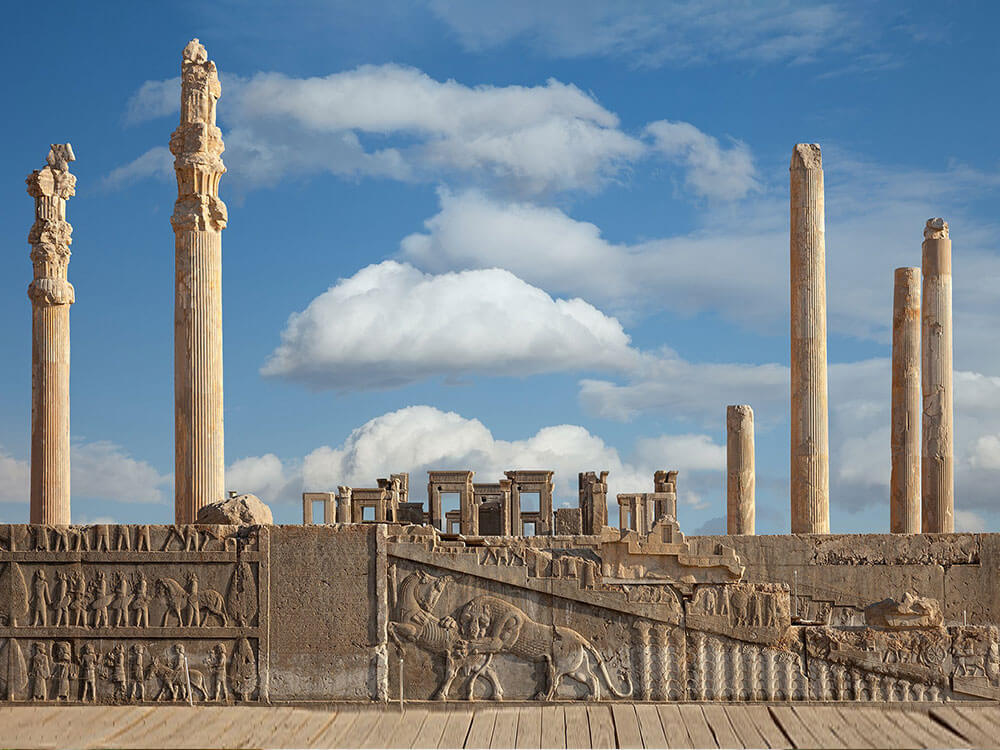
Best Persian Architecture Examples
When it comes to the world’s most impressive architecture, Iran is a country that often gets overlooked. From ancient ruins and palaces to modern skyscrapers, there are plenty of examples of Persian architecture throughout the country that should not be missed. Here are some of the most iconic Persian Architecture Examples you can find in Iran:
- Golestan Palace – Located in Tehran, this palace is one of the oldest buildings in all of Iran and dates back to 17th century Safavid dynasty. The building features stunning gardens as well as intricate mosaic tiles and stucco work which make it an architectural marvel worth seeing for yourself!
- Tabriz Historic Bazaar Complex – This bazaar complex consists over four kilometers long arcades filled with shops, mosques, schools and caravanserais dating back from 13th century Ilkhanid era up until 19th century Qajar period. It has been inscribed on UNESCO World Heritage list since 2010 due its unique design combining elements from various cultures such as Islamic Iranian-Islamic Ottoman-Seljuk Turkic architectures making it an interesting example for anyone interested in cultural exchange through time!
- Masjed Jameh Mosque Of Isfahan – One cannot talk about Persia without mentioning Masjed Jameh mosque located at heart city Isfahan (formerly known as “half world”). It was built during 11 th or 12 th centuries AD by Seljuq dynasty but later renovated several times during different dynasties including Safavid period when they added two minarets each being 48 meters tall giving this masterpiece even more grandeur look!
- Sheikh Lotfallah Mosque – Another great example would be Sheikh Lotfallah mosque which also located inside Isfahan old town center area near Naqsh e jaha square (world heritage site). Its interior walls covered with colorful floral designs made out ceramic tiles while exterior decorated using turquoise blue glazed bricks creating truly mesmerizing sight especially under sunlight rays reflecting off these walls like mirror image… breathtakingly beautiful indeed!
- Azadi Tower– Last but certainly not least we have Azadi tower standing proudly at entrance western gate Tehran city center symbolizing freedom independence people who live here have achieved after 1979 revolution against former monarchy system ruling nation before then.. Its majestic white marble structure stands 45 meters tall crowned top golden crescent star representing unity between nations living within borders state proclaiming message hope.
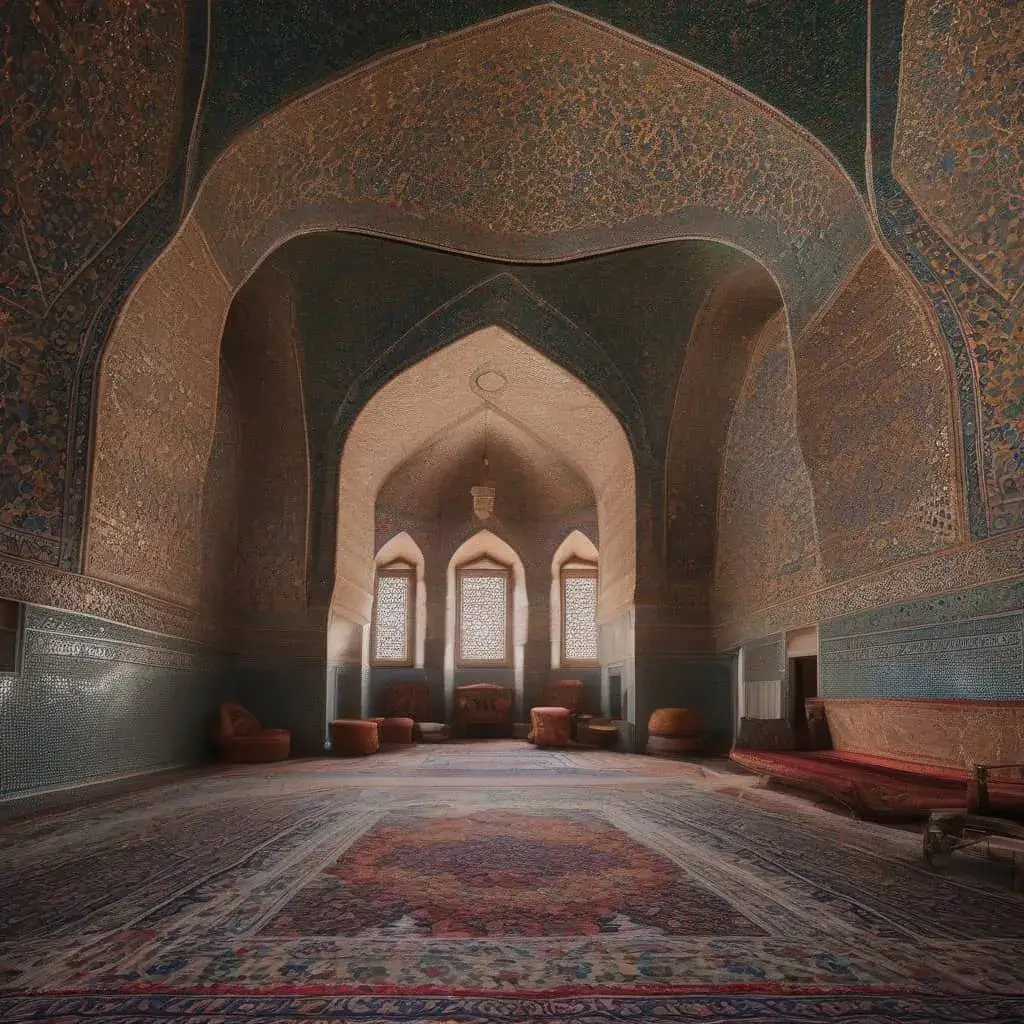
History of Persian Architecture
When it comes to ancient civilizations, few can compare with the legacy of Persia. From its beginnings in the 6th century BC through to modern times, Persian architecture has been an integral part of Iran’s cultural identity and a source of pride for many Iranians. With its grandiose palaces and intricate monuments, Persian architecture is renowned for being one of the most beautiful architectural styles in history – making it an absolute must-see destination for any traveler looking to explore Iran’s rich culture.
The roots of Iranian architecture can be traced back all the way to Achaemenid Empire (550–330 BCE), where we see some early examples such as Persepolis and Susa Palace—both built by Emperor Darius I during his reign from 522–486 BCE. During this period, construction was mainly focused on royal structures that featured large courtyards surrounded by columns made from limestone or marble blocks carved with delicate patterns known as “Persian style capitals”. This type of construction would become a defining feature throughout much subsequent eras in Iranian history including Sasanian Dynasty (224 -651 CE).
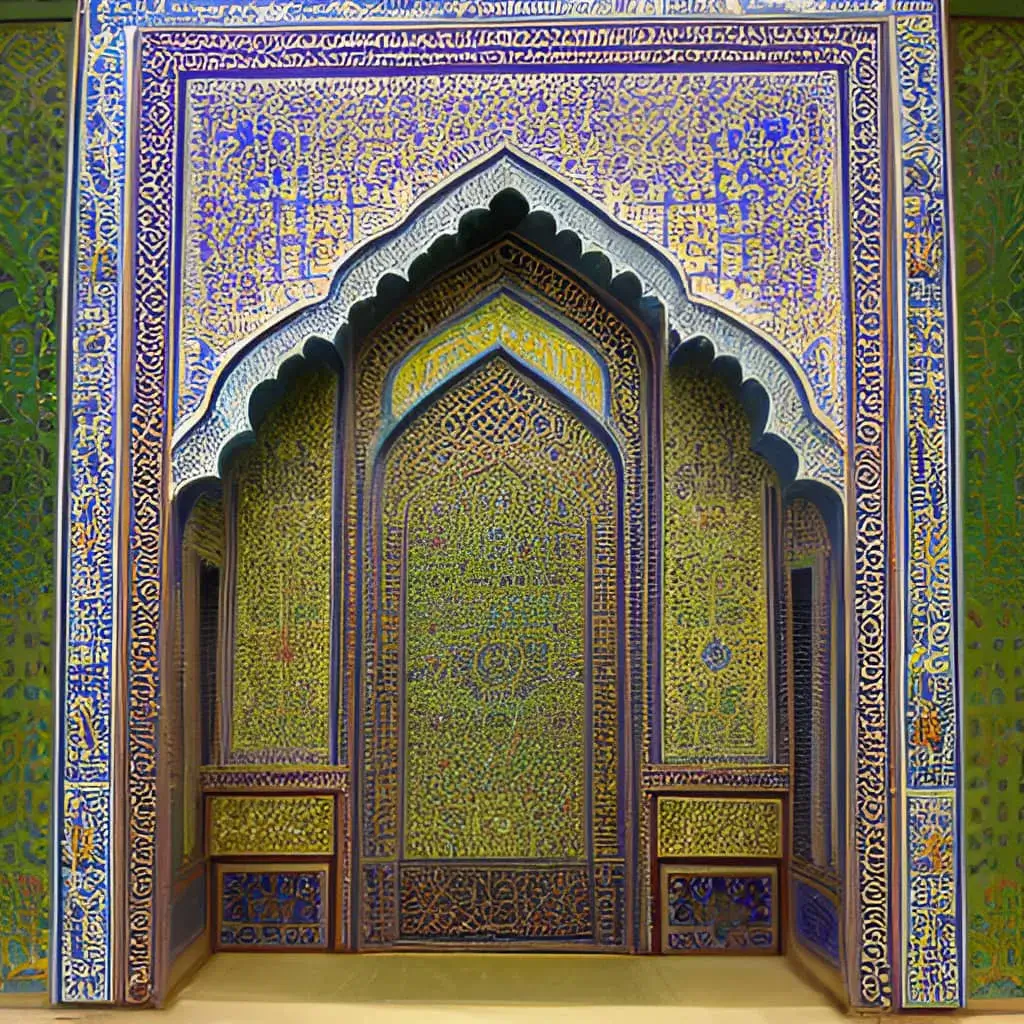
Moving into Islamic era (650-1220 CE) saw further development in terms mosques which were often decorated with elaborate geometric designs inspired by Arabic calligraphy combined with traditional motifs derived from Zoroastrianism religion practiced at time before Islam’s arrival . One example includes Jameh Mosque Isfahan ,which dates back 10th century AD featuring stunning tilework blue turquoise tiles along walls ceiling.
Finally we reach Safavid dynasty 16th 18 centuries when artistry reached new heights culminating iconic buildings like Sheikh Lotfollah Mosque Naqsh e Jahan Square Isfahan, Golestan Palace Tehran, Nasir al Mulk mosque Shiraz just name few remarkable achievements time.




